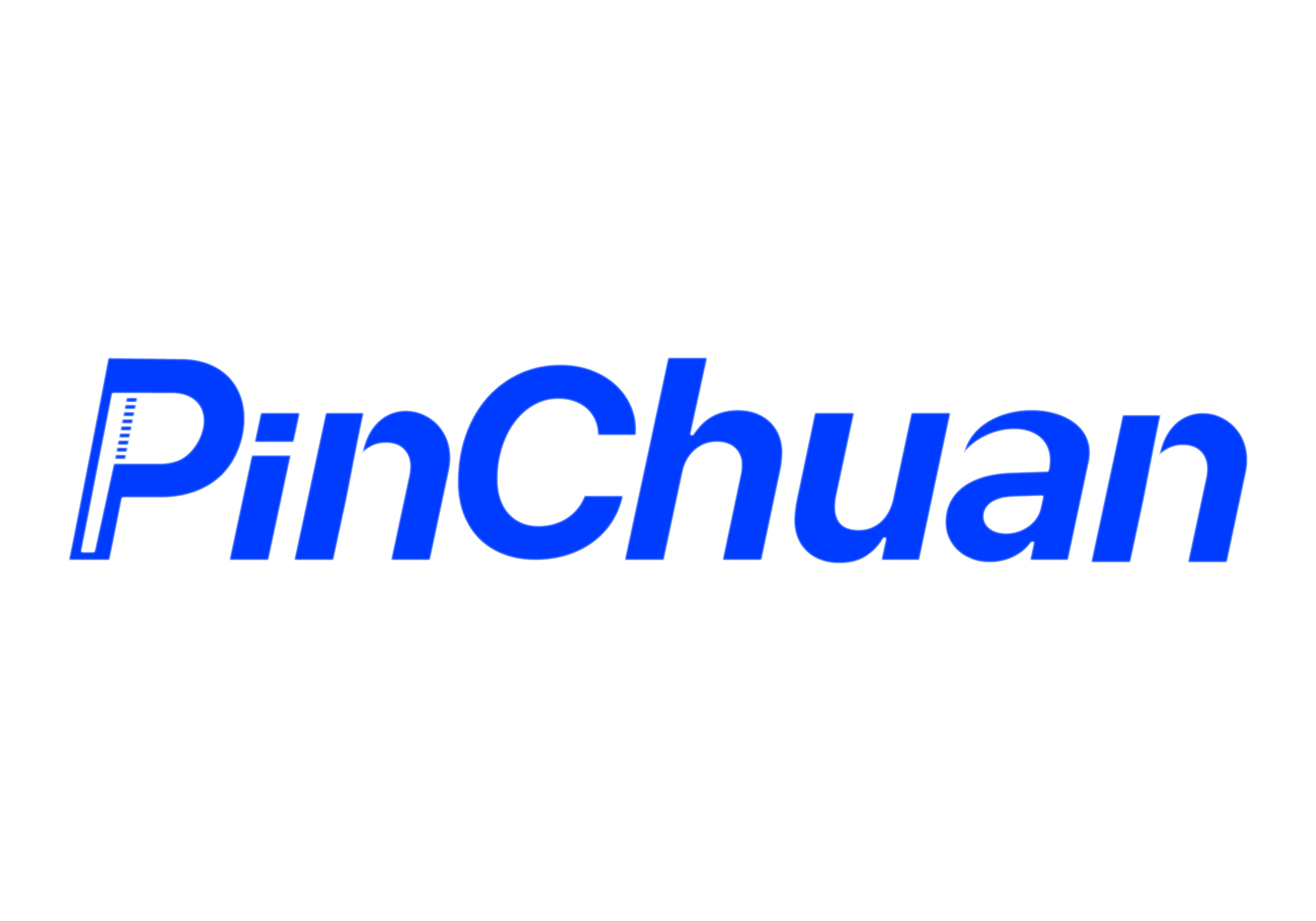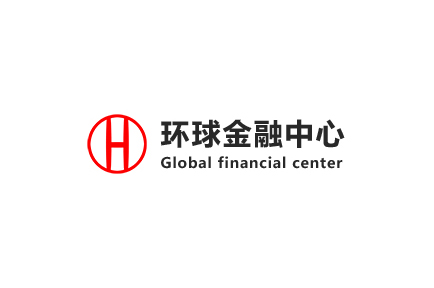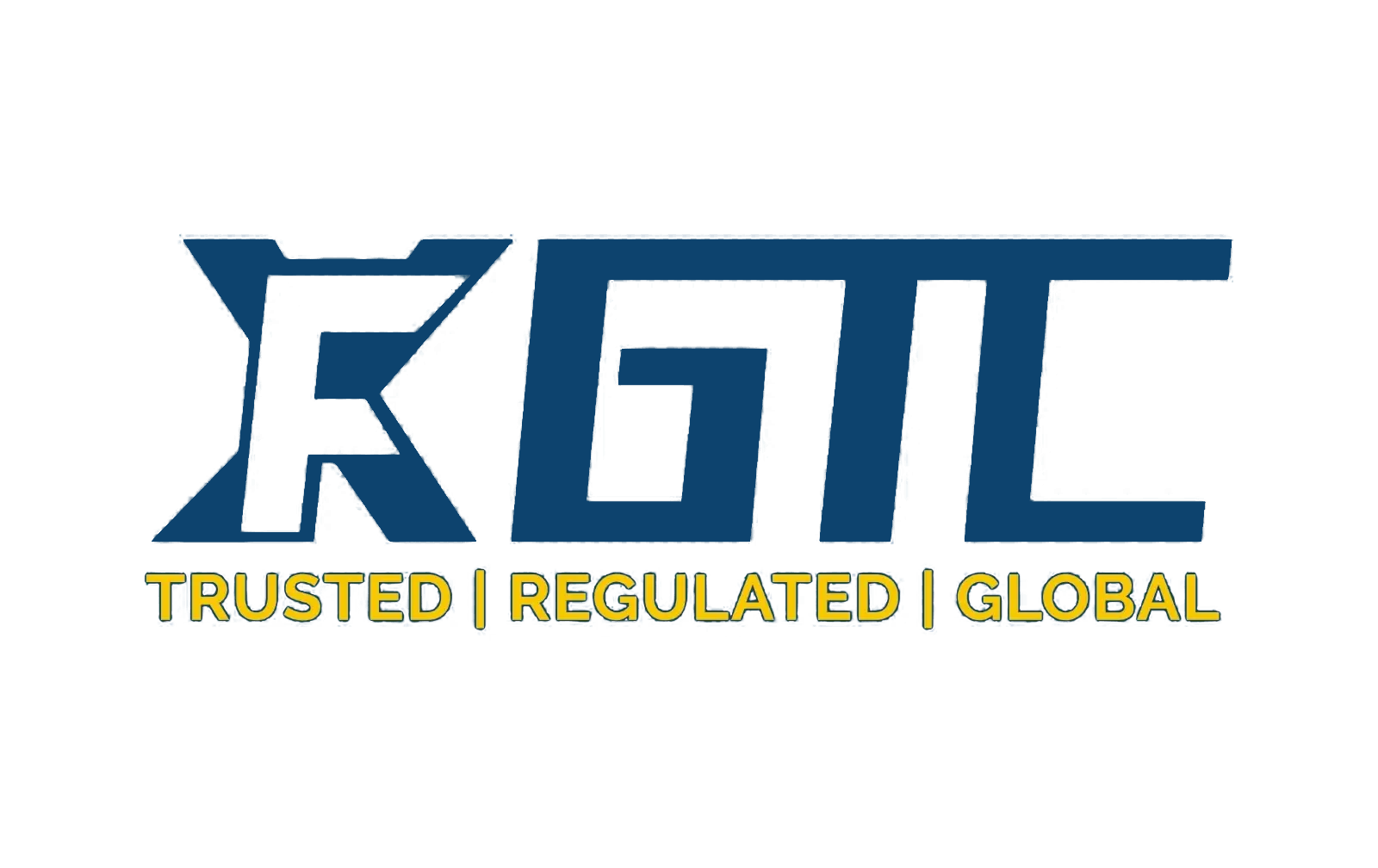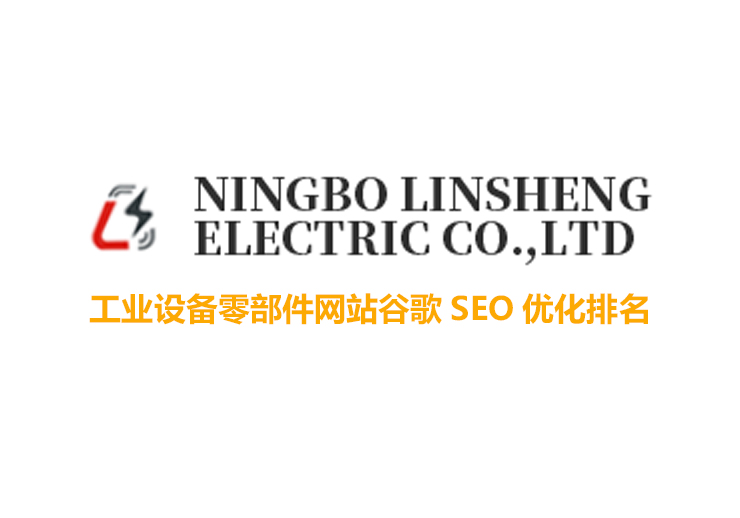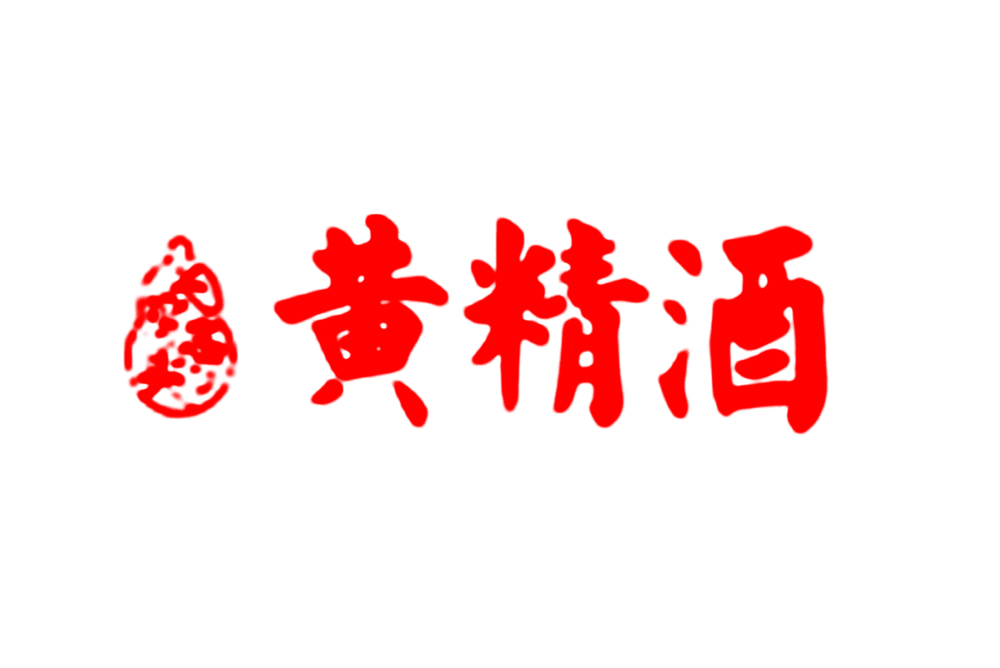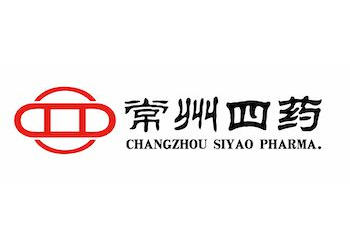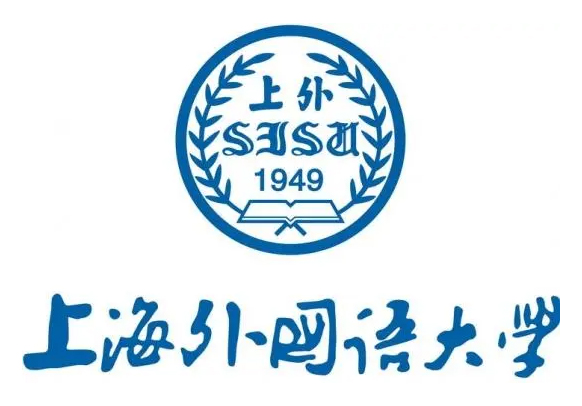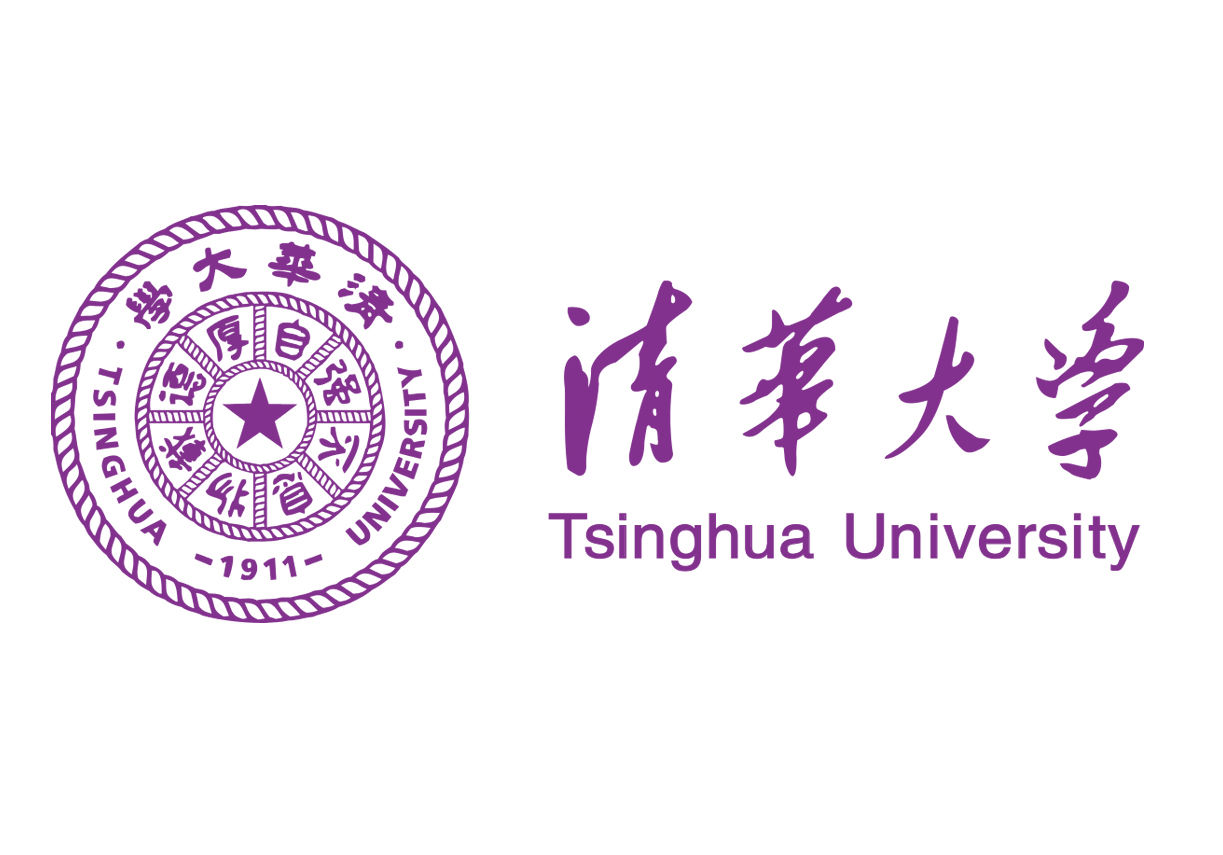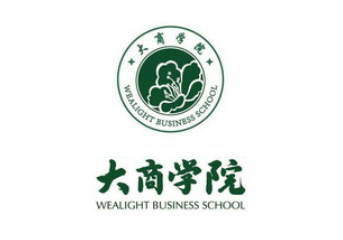SEO
PLG mode failure? Three advanced strategies for building a 'natural growth flywheel' using SEO
In recent years, the PLG (Product Driven Growth) model has been popular in the SaaS field, with many enterprises attracting users through free trials, self-service, and other means. However, as market competition intensifies, the limitations of the PLG model gradually become apparent: problems such as rising user acquisition costs, declining retention rates, and weak growth occur frequently. Faced with this dilemma, companies need to rethink their growth strategies, and SEO (Search Engine Optimization) is becoming a key tool for building a "natural growth flywheel".
.jpg)
1. From keyword layout to user demand insight
Traditional SEO strategies often focus on keyword ranking, but in the context of the failure of the PLG model, simple keyword optimization can no longer meet user needs. Enterprises need to deeply explore the true intentions behind user searches and combine keyword layout with user demand insights. For example, by analyzing user search behavior, identifying high-frequency issues and pain points, optimizing product page content, and providing more targeted solutions. This strategy can not only improve search engine rankings, but also enhance user stickiness and drive natural growth.
2. Construction of Content Ecology: From Single Point Breakthrough to Global Coverage
The PLG model relies on the product itself to attract users, but a single product function is difficult to cover the full lifecycle needs of users. By building a content ecosystem through SEO, companies can create a diverse content matrix around their core products, including blogs, case studies, white papers, video tutorials, and more. These contents can not only attract potential users, but also provide sustained value to existing users, forming a positive cycle of "content user growth". For example, a SaaS enterprise can attract target users' attention and enhance brand authority by publishing industry trend reports.
3. Data driven optimization: from traffic growth to value conversion
Another challenge of the PLG model is the low user conversion rate. Through SEO data analysis, companies can accurately identify high-value traffic sources and optimize conversion paths. For example, using heatmap tools to analyze user behavior, identify conversion bottlenecks on the page, and optimize page design and content layout through A/B testing. In addition, by combining user profile data, companies can develop personalized SEO strategies for different user groups to improve conversion efficiency. This data-driven optimization approach can convert natural traffic into actual revenue, truly achieving the operation of a 'natural growth flywheel'.
In the context of the failure of the PLG model, enterprises need to leverage SEO strategies to build a sustainable natural growth flywheel from three dimensions: user demand insight, content ecosystem construction, and data-driven optimization. This can not only reduce user acquisition costs, but also improve user retention and conversion rates, bringing long-term competitive advantages to enterprises.
Previous:Is the technical white paper ignored? How can we make comple
Next:ToB Enterprise Must See: How to Capture 365 Days of 'Decisio
98%的人继续阅读我们的案例
任何行业使用的SEO策略与技术都是相通的,行动就会有结果
每一位客人的需求不同、所展现的成果也不同,案例供参考

President Business School, access to deepseek, ERNIE Bot, Doubao AI, Alibaba Clo
Capgemini Ernest & Young brand optimization gets brand logo hintsThe company has
Our product transfer company completely obtains customers through SEO. A website
Global Financial Center (affiliated to Pinchuan Company, has applied for a trade
Due to privacy concerns, some content is hidden.Futures company Google ranking c
Due to privacy concerns, some content is hidden.A large financial company and pr
Google SEO Case - It took less than 1 day to rank for customer-specified keyword
On November 17, 2021, our company reached a cooperation with Guishitang (Changsh
On April 23, 2019, Mr. Zhang Zehua, an SEO expert of Pinchuan Company, was invit
On February 14, 2015, the Social Practice and Science and Technology Innovation
Famous University Professor Entrepreneurship Project - Independent Station and S
Business School Admissions Case



